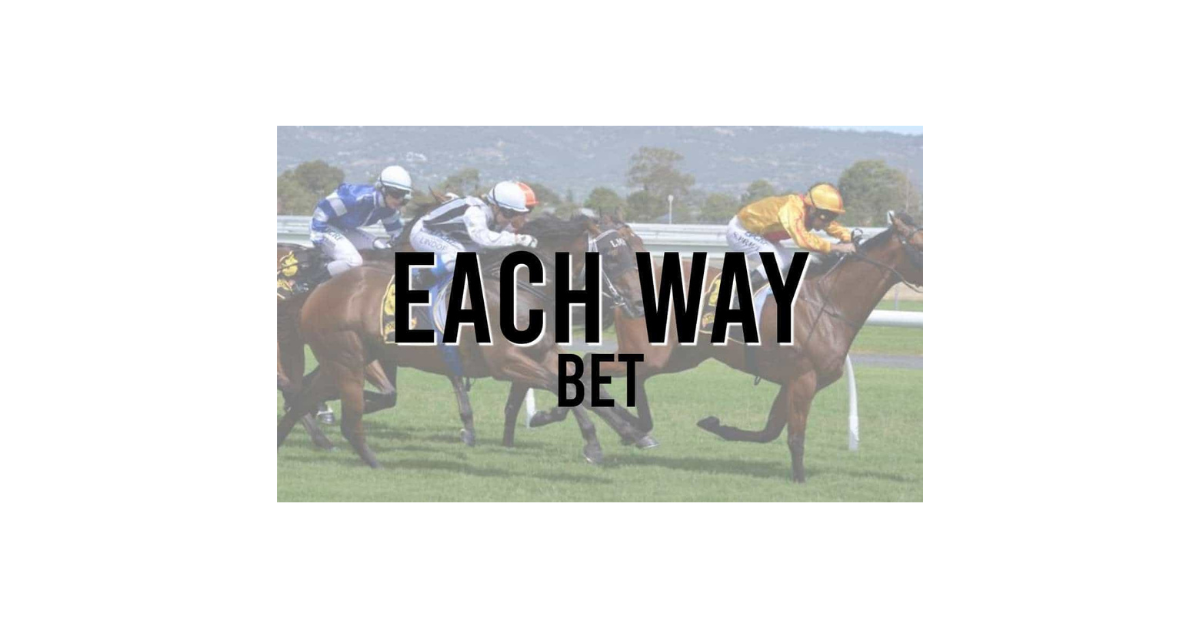Each Way Bet Explained
Each way betting is a popular option for horse racing enthusiasts looking to increase their chances of winning. With an each way bet, you are essentially placing two bets – one on the horse to win, and another on it to place. If your horse finishes first, you win both bets. If it finishes second or third (or sometimes even fourth, depending on the race), you will still receive a payout, albeit at lower odds.
This type of bet is especially attractive for races with larger fields or competitive fields where it may be more difficult to predict the outright winner. Each way betting allows you to hedge your bet and potentially secure a return even if your chosen horse doesn’t come in first place. It’s a versatile option that can help mitigate some of the risks associated with traditional win-only bets.
How Does an Each Way Bet Work in Horse Racing?
Each way betting is a popular choice among horse racing enthusiasts looking to increase their chances of winning. When you place an each way bet, you are essentially placing two separate bets: one on the horse to win and another on the horse to place.
If your chosen horse wins the race, you will be paid out for both the win and the place parts of your bet. However, if your horse doesn’t win but finishes in one of the predetermined place positions (usually 2nd, 3rd, or 4th, depending on the number of runners), you will still receive a payout, although at reduced odds compared to a win. This way, each way betting offers a greater chance of making a return on your wager even if your selection doesn’t come first.
When Should You Place an Each Way Bet?
When deciding when to place an each way bet, it’s essential to consider the odds and the number of runners in the race. Typically, each way bets are more suitable for races with a larger field, where the chances of your selected horse finishing in the top positions are higher. In races with fewer runners, the risk-to-reward ratio might not be as favorable for each way betting.
Additionally, the form of the horse and the track conditions should play a significant role in your decision-making process. If a horse has consistently been finishing well in similar conditions or has shown progression in recent races, it could be a good candidate for an each way bet. Conversely, if the track conditions are unpredictable or the horse’s form has been inconsistent, it might be wiser to refrain from placing an each way bet and opt for a straight win bet instead.
Understanding the Odds in Each Way Betting
In each way betting, the odds are important to consider when placing your bets. When you place an each way bet, you are essentially placing two separate bets: one for the win and one for the place. The odds for each part of the bet will determine your potential returns. For the win part of the bet, the odds will be lower compared to a straight win bet, as you have the potential to still win if your selection places.
The odds for the place part of the bet will be a fraction of the win odds, and this will vary depending on the number of places being paid out by the bookmaker. Typically, bookmakers will offer a standard fraction for place bets, such as 1/4 or 1/5 of the win odds. Understanding how the odds work in each way betting can help you make more informed decisions when selecting your bets and calculating potential returns.
Calculating Potential Returns on an Each Way Bet
To calculate potential returns on an each way bet, you need to understand how the odds work. Let’s say you place a £10 each way bet on a horse at odds of 8/1 in a race where the bookmaker offers 1/4 of the odds for a place finish in the top three.
Firstly, calculate the win part of the bet. In this case, £10 at 8/1 means a £10 stake would return £80 (£10 stake x 8, plus the original £10 stake returned). Then, calculate the place part of the bet. Since the bookmaker offers 1/4 of the odds for a top three finish and you placed a £10 each way bet, you would receive 1/4 of the odds on your £10 stake, meaning 1/4 of 8/1, which is 2/1 plus your original stake back. This would be £10 stake x 2, plus your original £10 stake = £30. Therefore, the total returns on this each way bet would be the win part plus the place part, so £80 + £30 = £110.















